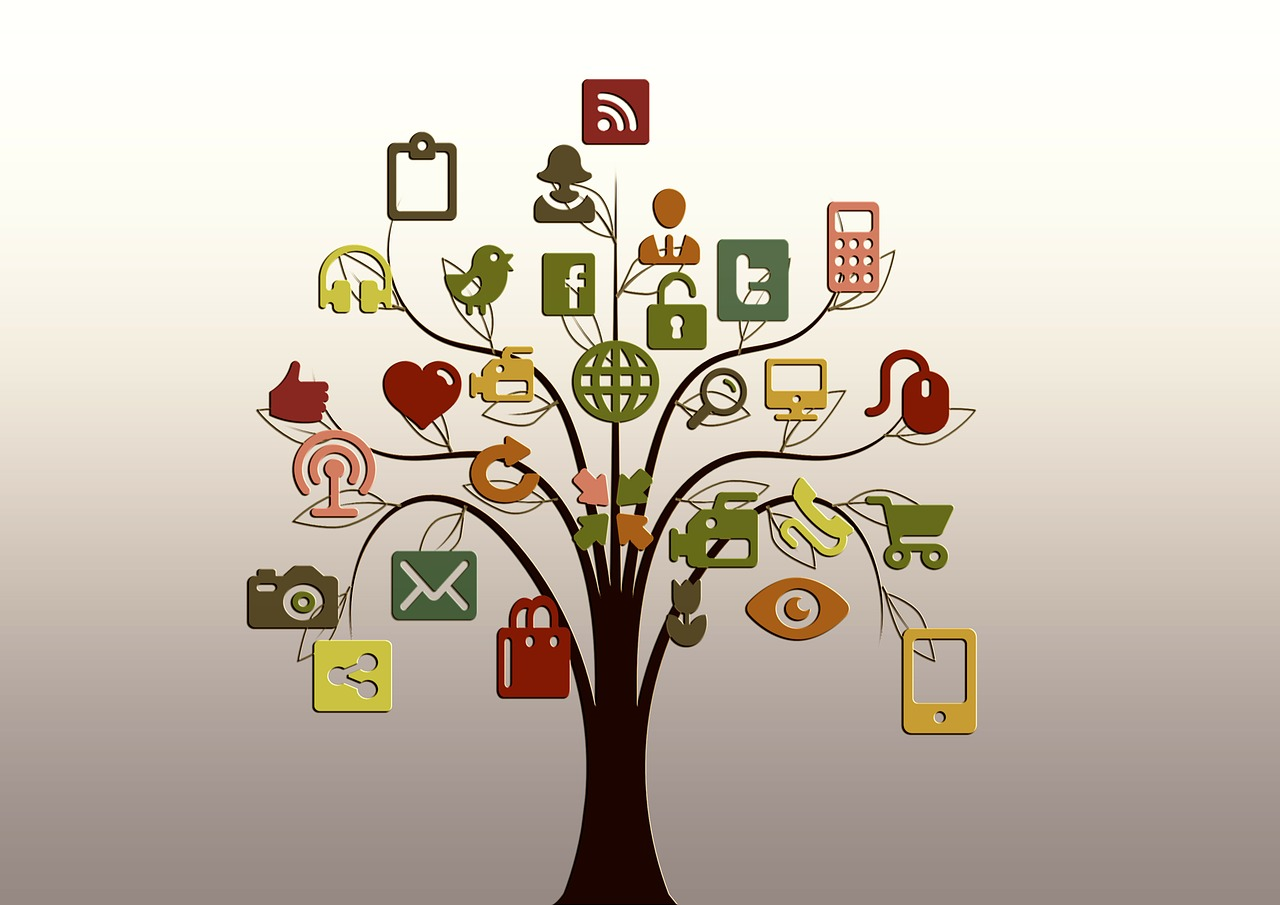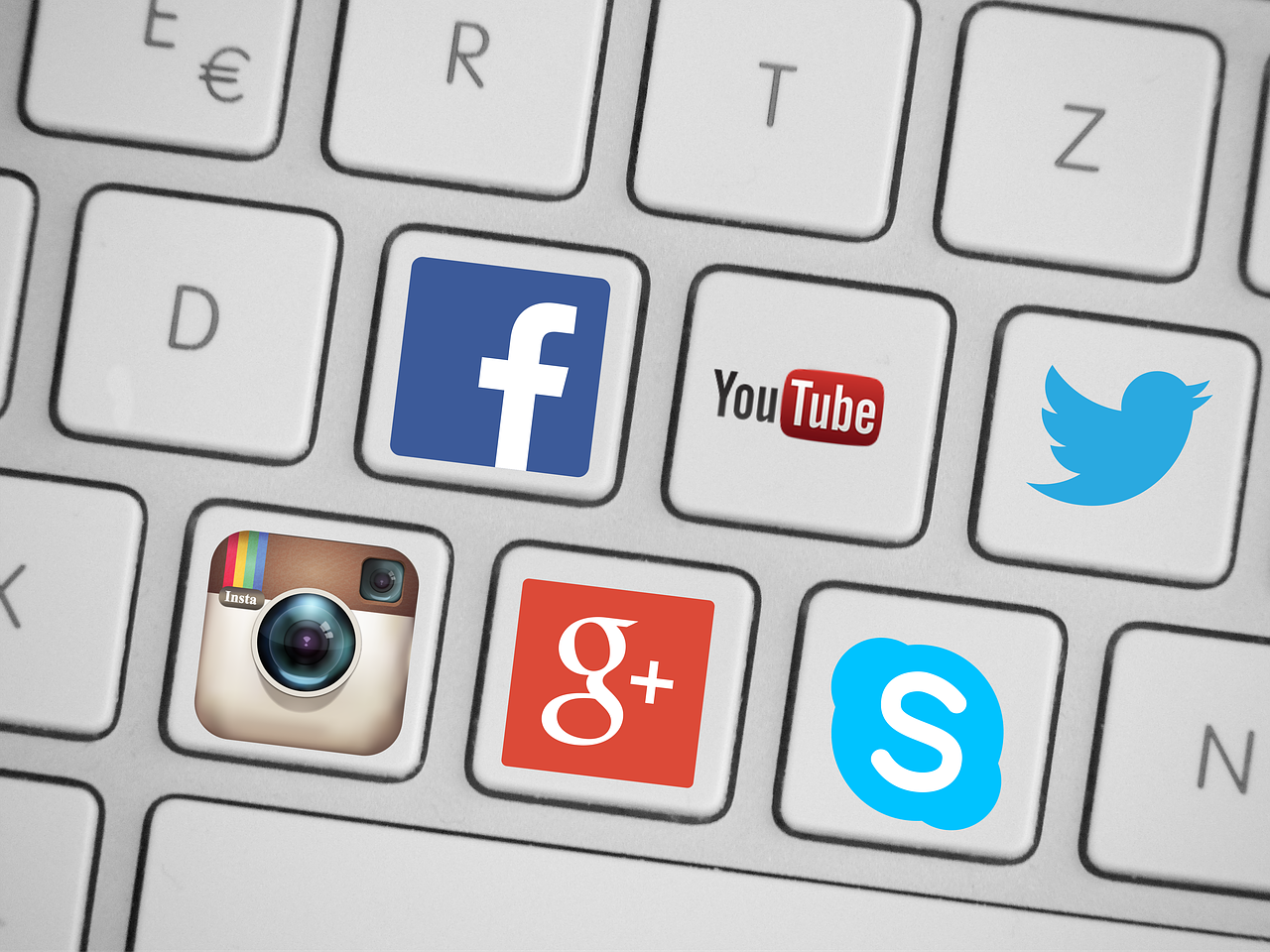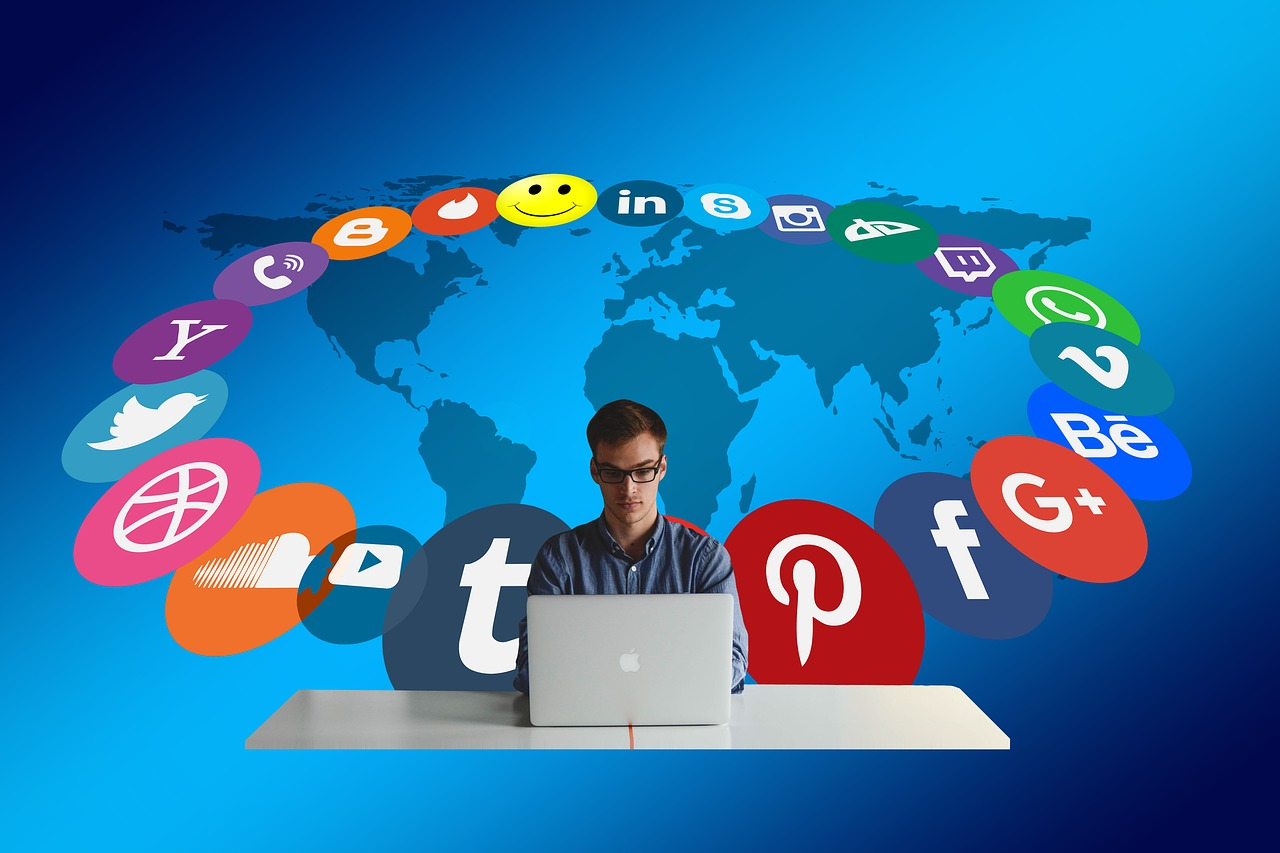You need a social media strategy for your business—that’s a given. 3 million people are on social media every day, which proves that it isn’t going anywhere any time soon.
Much like having a good website, making sure your brand is visible on social media is an essential part of spreading awareness about your product or service and getting people to engage with you online.
Today’s viewers of your posts could be tomorrow’s customers, and social media is simply the easiest way to connect with the right audience.
However, it’s not surprising that many businesses are reluctant to jump on the social media wagon. After all, doesn’t it take time to set something like that up? Isn’t it expensive? And do you really have the bandwidth to generate all that content when you could be out there actually making sales?
Here’s what you don’t know: you have everything you need to get started on social media right now. It’s easier than you think…as long as you avoid the primary misstep many business owners make.
We’re talking about choosing the wrong platform.
Let’s start with one basic fact about social media marketing. The point of being on social media is not to let the world know how amazing your product or service is.
That’s a nice thought…but like many other aspects of marketing, this isn’t about you. It’s about your audience.
And the entire point of being on social media is to put you in as closely in touch with your best audience as possible.
Not All Social Media Is Created Equal

To succeed with social media marketing, you need to start with the fact that different social media platforms address different audiences and have different purposes.
You may be talking to the exact same audience on two different platforms, but the strategy that gains likes and followers for one might crash and burn for the other.
But before we go there…let’s start with the role social media plays in your life.
If you’re like most people, your Facebook page is a hodge-podge of a lot of different things. Cute pictures of your kids and pets. The occasional (or not-so-occasional) political post. Inspirational quotes. Family photos. And of course, memes, memes and more memes.
That assortment of stuff on Facebook? Totally acceptable.
Now imagine that you took your cute pics of Froo-Froo and Buster in their Halloween costumes, your political rants and dank memes and posted them on LinkedIn.
Did your jaw just drop? Probably. Doing that would be like showing up for work—or worse, a job interview—in your pajamas and bunny slippers.
Just as there are real-world rules for how we conduct ourselves in different situations and places, you’ve got to consider not just who you’re talking to, but how you’re saying it and where.
And that’s what it’s so important to know the different social media platforms and their uses for your business—the ways you can tailor your social media with a precision that accounts for all those differences.
With all that said…let’s take a walk through Social Media Land and explore how each of the main platforms can work for you.
Meet The Different Social Media Platforms—And Their Uses For Your Unique Strategy

Let’s start with the OG. Back when Facebook first got started as a novelty website for college students, no one knew it would become a cornerstone of the way the whole world communicates.
Today, no matter what industry you work in, it’s a virtual necessity for your business.
Why? Because over 2 billion people between the ages of 25 and 54 are signed up, and depending on where your data comes from, they spend anywhere between 27 and 41 minutes scrolling through their newsfeeds.
The great thing about Facebook is that of all the networks, it not only covers the broadest audience of all networks, but offers the greatest opportunity to humanize your brand. It allows you to post pictures, share video content, do live video feeds and create content that shows you’re more than a website with a logo.
It also is the best network for creating community among your followers. Not only can people like and comment on your content, but you have the ability to directly engage with them, answer questions and personalize your responses.
Of course, all of this is in addition to the untold potential of Facebook’s ads platform, which lets you design custom audiences based on interests, demographics, location and more factors and target your ads directly to them.
The biggest difference between Twitter and Facebook is the types and sizes of the content.
Twitter is all about immediate, instant information, making it ideal for breaking news updates, bite-sized chunks of information and brief soundbites about your products.
Because content is limited to 244 characters, you have to make every word in your tweets count. Twitter also favorites quick visual content over videos, including pictures, GIFs and interactive components like polls.
However, the platform was originally designed to be text-based, and the bite-sized posts that have always characterized it still remain the primary format.
While community is central to Facebook, Twitter gives you the chance to give street cred to your brand by connecting directly with other influencers and business owners.
This can help you build a network with people who can benefit your business and filter out the static and noise of the rest of the platform.
If your company is focused on B2B services, LinkedIn is an excellent choice from among the different social media platforms and their uses. Its primary function is to establish your business as a credible, authoritative leader in your field.
You can accomplish this through the content you share, commenting on other people’s posts and, as with Twitter, connecting with business owners and influencers who share similar goals.
If you’re a small business owner, you can also use LinkedIn as a powerful tool for generating leads through social-selling—a process where you connect with people who share similar interests, connections and goals, then express interest in their companies and offer to help.
If that sounds pushy or spammy, you’re wrong: social sellers on LinkedIn make 45% more sales per quarter. It’s one of the most unique opportunities social media offers to grow your network and list of contacts.
If there’s one thing you need to know about Instagram, it’s this:
People on Instagram buy things.
If you have an ecommerce business, Instagram is the perfect way to put your product right under your customer’s nose and link them directly to the place to buy it.
Why? The thing that’s powerful about Instagram is that it taps directly into our biological preference for visual content.
Because 90% of the information our brains receive is visual, this option of the different social media platforms and their uses plays into this to give you the most success with images.
And if your product favors attractive, engaging images, it can be a goldmine.
Other Networks

While these 4 networks are the primary options being used by businesses, there are a few others that are worth mentioning as well:
Pinterest: Like Instagram, Pinterest is all about images—and another similarity is that the people using this platform are looking to buy things. In fact, whether they want a new outfit, shoes or home decor, 90% of Pinterest users plan purchases by “pinning” visual content to different categories of content, or “boards.”
Snapchat: Snapchat is incredibly popular among teenagers and 20-somethings—the millennial crowd and under. Because it involves the sharing of temporary images and videos, it’s a different kind of marketing, but a strategy that can let your viewers in on a fun, behind the scenes view of your brand.
TikTok: TikTok is a newcomer to the world of different social media platforms and how to use them. Centered around the posting of short videos of under 1 minute, it’s ideal for sharing fun, engaging footage of your brand in action.
Choosing the Different Social Media Platforms And How To Use Them

A word to the wise: do not try to master a strategy for all these platforms.
As you’ve seen, all of them serve different purposes, and you’ll end up not only talking to the wrong audience in all respects, but using a weak strategy for all of them instead of expert campaigns for a select few.
Remember—the first step of Customer Value Optimization is to choose a traffic source, not many sources. And to do that, you’ll need to consider the following:
Who is your audience? Based on your customer avatar and demographic information, who is buying your product and what social networks are they on? If your ideal customer is scrolling through Facebook, but isn’t on Twitter, there’s no point in pouring your resources into writing killer tweets.
What are your goals? This is an important distinction to make. If you are on social media to create awareness and engagement, then you’re on the right track.
However…if you want people to buy things, you might want to be choosy about your platforms. People generally visit social media to see things, not to buy them.
While Instagram can be successful for putting ads in front of viewers that link directly to the purchase page, social media on its own isn’t an effective tool for making sales.
What kind of business are you? If you’re B2B, you’re going to engage with social media viewers in a different way and on different channels than B2C.
There’s no point in being on LinkedIn if you’re selling makeup or shoes. On the other hand, if you serve other businesses, LinkedIn would be a great place for you to hang out.
Want to learn more about using social media and navigating the different social media platforms and their uses for businesses? We want to help with that!
Give us 30 minutes of your time and we’ll show you what’s working for your business, plus dozens of tips and tricks you may not know about. It’s called The Double Your Sales Review, and it’s completely free.
